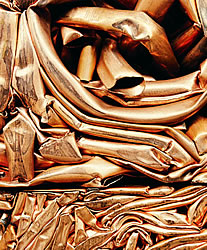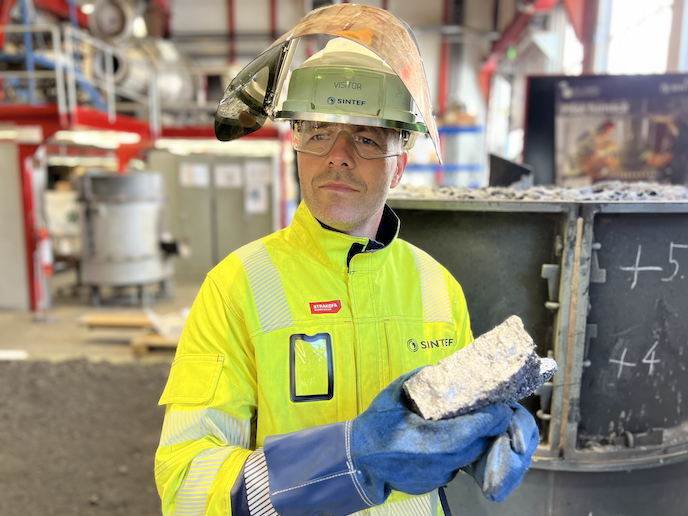Environmentally friendly galvanizing process
Hot dip galvanizing can be briefly defined as the application of zinc (Zn) coating to fabricated iron or steel material by immersing the material in a molten zinc bath. The Dry Flux Silicon STE project sought to address the issue of Zn reduction in the entire process, based on the potentially detrimental effects of Zn on the environment. Researchers devised a new method, according to which a new pre-treatment stage can lead to significant reductions in Zn consumption as well as fume emissions during galvanizing. The pre-treatment involves the chemical application of a copper layer on the material to be galvanized. The process also results in a drop in the formation of top dross, the Zn-rich upper layer of the flux solution created during galvanizing. This novel process was tested in a laboratory setting for over a year and has now been expanded to pilot scale where a number of further trials have been conducted with positive results. It is likely that the innovation described herein could render the galvanizing field more environmentally friendly while at the same time reducing costs.







